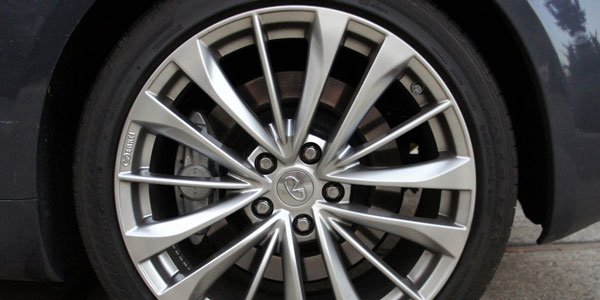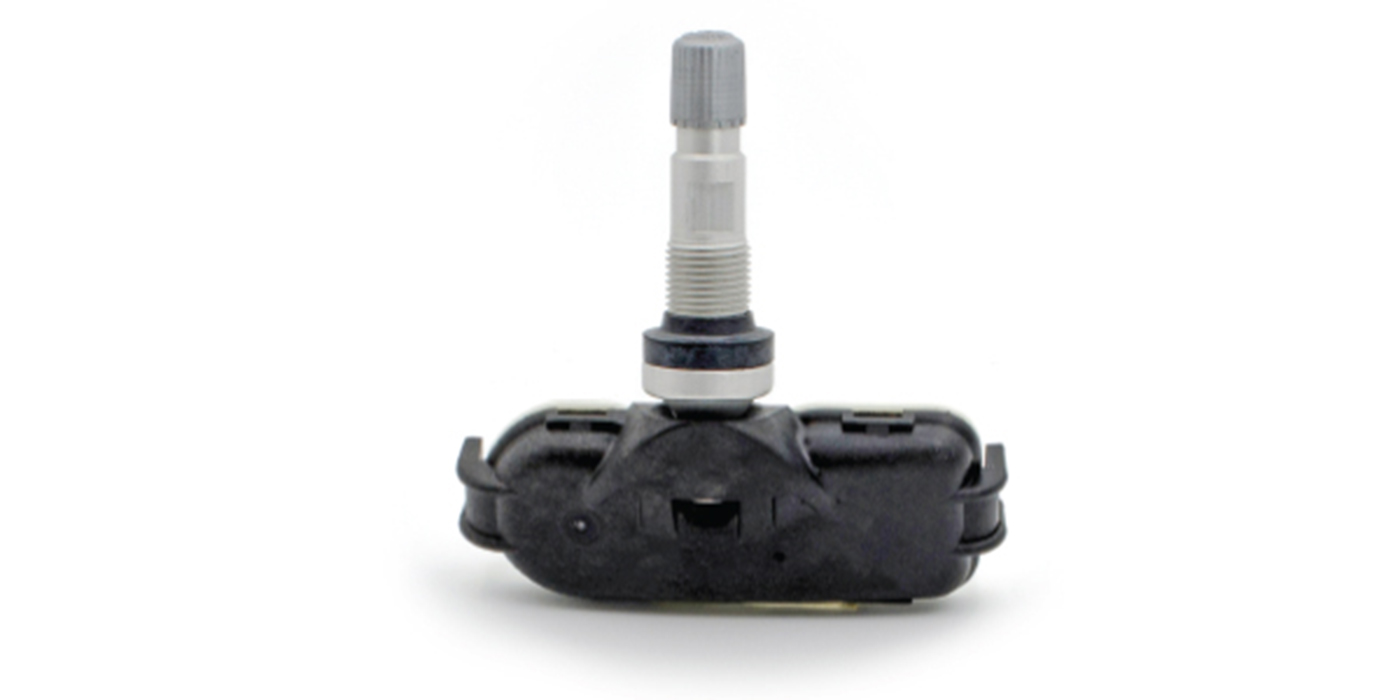Low-profile tires and larger-diameter wheels have started to become the norm on new passenger cars, SUVs and CUVs as OEMS look to cash in on the handling and aesthetics these assemblies provide. That means your customers’ rides may look more high performance, but this trend could mean headaches for your shop, as these assemblies prove more difficult to service across multiple OEMS.
“Mounting tires 10 years ago had a lot more margin for error than it does today,” says Pete Liebetreu, vice president of marketing for Hunter Engineering. “[Today], you’re talking about a tire that has quite a thin sidewall. They’re stiff, they tend to have rim guards that make the wheel stick out—these create more mounting challenges.”
He adds that with larger wheels and lower-profile tires, OEMS have also been progressing toward tighter-fitting beads, which makes servicing these tire and wheel packages even less forgiving.
“Every inch of an increased wheel size means that much more of a decreased sidewall,” Liebetreu says. “And, these tire and wheel trends aren’t slowing down. If anything, they’re speeding up.”

Getting the Bells & Whistles
Servicing any tire and wheel assembly correctly starts with having the right equipment, says Kyle Harris, product marketing manager at Coats Garage.
“A tire changer is a multi-year investment,” he says. “Consideration must be given to all tires and wheels a busy shop would like to change today, in addition to assemblies they envision themselves possibly changing in the future. A good investment would be a tire machine that is simple to use, but powerful and robust enough to handle the rigors of tire service in today’s demanding shop environment.”
According to Harris, those essential features for a tire changer that mounts and demounts 18-in.-plus tire and wheel packages include:
- A simple but effective means of pressing the bead into the drop center during the mounting phase of the top bead;
- A means of stopping the bead from “climbing” the duck head during the mounting phase of the top bead;
- A powerful and precise way to loosen beads on larger assemblies without causing damage. Harris recommends a bead loosener that is “power in and power out and can be controlled with your hand in order to deliver the precision needed to loosen tough beads on delicate wheels without causing damage, and;”
- Adjustable clamps with a protective surface to reduce the chances of scratching or marring delicate wheels when securing them to the machine.
In addition, with larger wheels, these tire and wheel packages are heavier, Liebetreu says. That means technicians are putting heavier loads on their bodies. He recommends investing in tire changers or wheel balancers with a wheel lift to mitigate technician fatigue and avoid damage to delicate rims.
Avoiding Mistakes
Some experienced technicians have a tendency to go too fast and skip several key steps in the mounting and demounting process, says Harris. Attention to detail is always key when servicing any assembly—large or small.
Details such as loosening the bead, being mindful of TPMS sensor location and successfully identifying reverse drop-center wheels are essential. These small things can go a long way, he says.
Hank Feldman, president of Performance Plus Tire & Auto Superstore in Long Beach, California, advises shop owners to make sure technicians are protecting the wheel properly on the machine.
“Sometimes, we use different types of tape or shrink wrap to be sure wheel faces aren’t being damaged,” he said.
Proper Training
Liebetreu says successfully servicing larger rims and lower-profile tires simply takes a better adherence to best practices.
“Make sure your techs understand the fundamentals of mounting and demounting and can apply those fundamentals to every tire and wheel assembly,” he says. “It’s when carelessness or a lack of understanding comes in that the risk [of damaging a wheel or tire] goes up.”
Feldman says in order to train new technicians on the delicacies of servicing larger wheels and lower-profile tires, his shop pairs newer techs with more experienced ones so they can mount and demount difficult tire and wheel assemblies repeatedly with supervision. He also sends his technicians to Tire Industry Association trainings and encourages practice and repetition to make sure the job is done right, each time.
“There is not a standard best practice for servicing this stuff, especially if you do specialty tires and wheels,” he says. “But it’s straightforward—use the right equipment, the right training. The best way to learn is to do it repeatedly.”
Article Courtesy of Tire Review.














